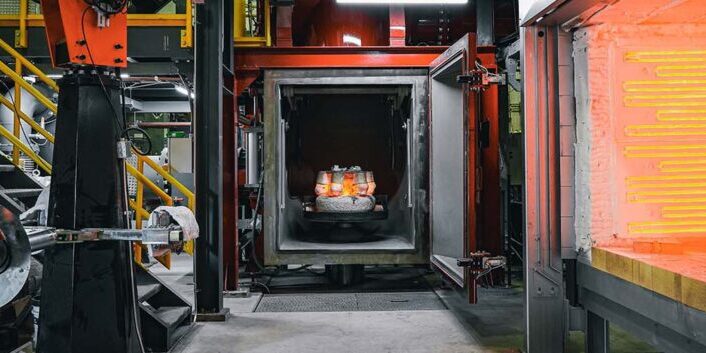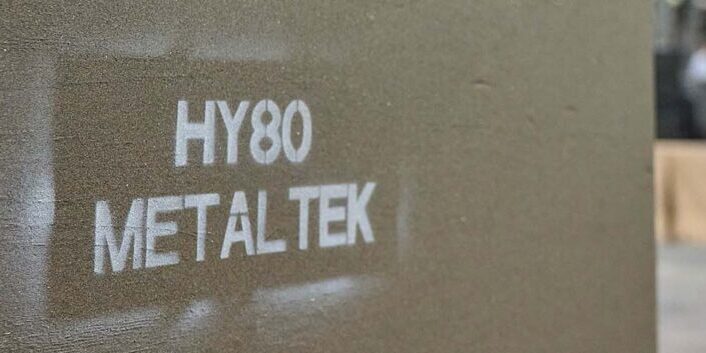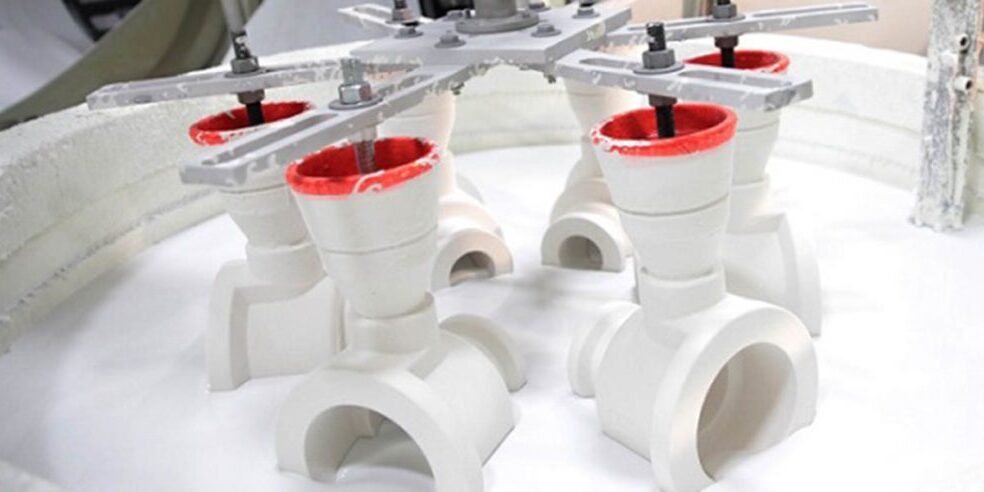Blog The History And Usage Of Tilt Casting
Tilt casting is a highly specialized form of metal casting that plays a vital role in modern manufacturing. It allows for the creation of complex and detailed metal parts by minimizing the defects often associated with traditional casting methods. The tilt casting process involves a slow, controlled rotation of both the crucible and the mold, allowing the molten metal to flow smoothly into the mold cavity. This gradual filling process minimizes turbulence and prevents air bubbles from becoming trapped inside the metal. This process, which emerged in the early 20th century, revolutionized the metal casting industry and continues to offer advantages across various industries today.
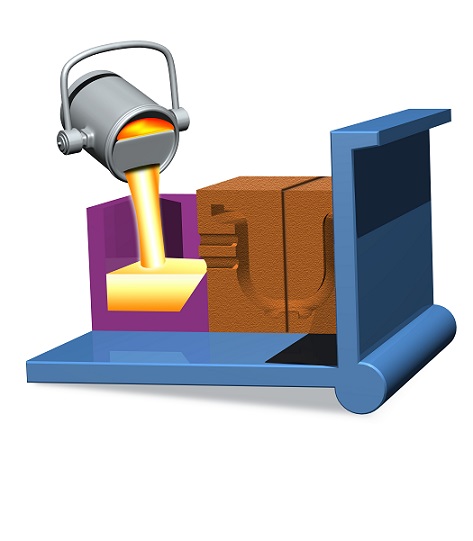
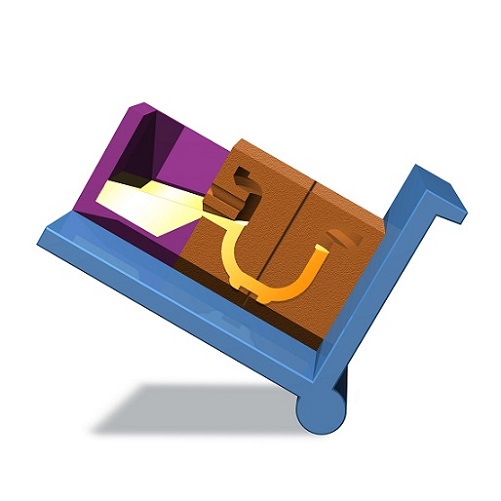
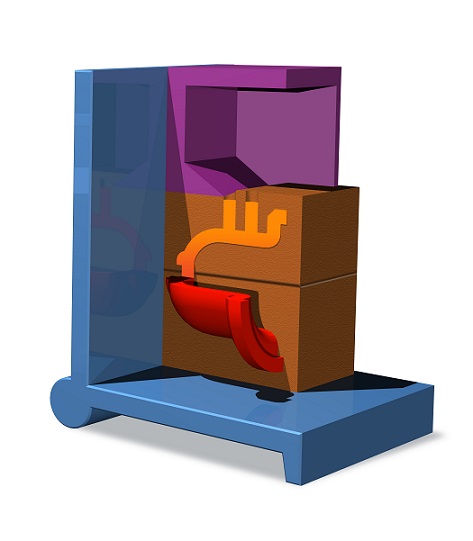
Metal Casting: An Age-Old Practice
Metal casting has been used for centuries to shape metals by pouring molten material into molds, where it cools and hardens into solid objects. Over time, different casting methods have evolved, typically categorized by the use of permanent or temporary molds. Permanent molds are durable and reusable, making them ideal for mass production.
The Birth of Tilt Casting in the Early 1900s
In the early 20th century, traditional casting techniques often led to defects like air bubbles and oxide inclusions, which negatively impacted the quality of bronze coins and other fine cast parts. Pierre Durville, a French metallurgist, addressed these issues by developing a revolutionary new casting process—tilt casting.
Durville’s innovation involved tilting both the crucible (which held the molten metal) and the mold simultaneously during the pouring process. This synchronized tilting allowed for a smoother, more controlled flow of metal into the mold, reducing turbulence and minimizing the entrapment of air. The process was first applied in the creation of aluminum bronze billets and quickly became known as the “Durville process.” It eliminated common issues such as oxide inclusions and shrinkage defects, which were particularly problematic for aluminum bronzes.
Refinement and Industrial Application
Companies in the United States refined this metal casting technology by focusing on optimizing the tilting mechanism and expanding its application to industrial manufacturing.
In today’s industrial landscape, tilt casting has been further refined through automation. Sophisticated machines now control the tilting process with extreme precision, ensuring optimal results in a wide range of industries. Computer simulations help manufacturers fine-tune the timing of mold filling to ensure efficiency and minimize defects.
Applications of Tilt Casting
Tilt casting is widely used in various sectors:
• Aerospace Industry: The ability to create complex and critical components with uniform quality makes tilt casting an essential part of aerospace manufacturing.
• Industrial Components: Tilt casting allows for the creation of complex shapes, making it popular in the production of a range of industrial parts.
• Automotive Industry: This process is ideal for producing high-quality engine components and other automotive parts, which require precision and durability.
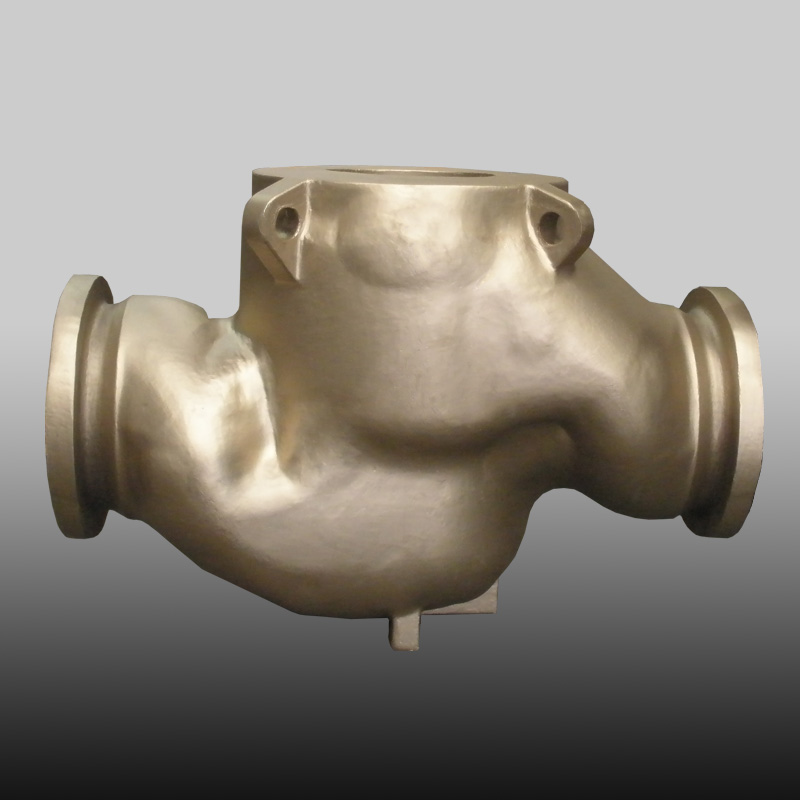
The Tilt Casting Process
The tilt casting process involves a slow, controlled rotation of both the crucible and the mold, allowing the molten metal to flow smoothly into the mold cavity. This gradual filling process minimizes turbulence and prevents air bubbles from becoming trapped inside the metal.
Manufacturers often uses permanent molds made of durable materials like iron or steel. In mass production settings, the process is automated, allowing for the production of consistent, high-quality castings. Automation also ensures precise control over the timing and movement of the crucible and mold, further reducing the likelihood of defects.
Today, tilt casting has advanced further with automation, allowing precise control of the tilting and pouring process. Automation ensures consistent quality and minimizes defects, making it a valuable method for industries requiring precise, high-quality components.



Advantages of Tilt Casting
Tilt casting offers several distinct advantages over other casting methods:
• Reduced Turbulence: The controlled flow of molten metal into the mold cavity minimizes turbulence, reducing the risk of trapped air bubbles and resulting in a smoother surface finish.
• High Yield: The slow, steady filling process ensures that a high percentage of the molten metal fills the mold, reducing waste.
• Lower Mold Costs: Tilt casting offers lower mold costs, making it a more cost-effective option for mass production.
• Homogeneity: The uniform filling process ensures greater consistency in the metal parts, with fewer internal defects and more uniform metal flow direction.
• Automation Friendly: The process lends itself to automation, enabling manufacturers to replicate the casting process with high precision and reliability.
Conclusion
Tilt casting has evolved significantly since its inception, becoming a highly automated and efficient process. Its ability to produce high-quality, complex parts makes it invaluable in industries like aerospace, automotive, and beyond. As technology advances, tilt casting remains a critical process in modern manufacturing, offering unparalleled precision and reliability in metal casting.
MetalTek’s expertise in metallurgy is the cornerstone of its ability to deliver high-performance metal components across diverse industries. From alloy development to advanced casting techniques, and through rigorous quality control and problem-solving approaches, MetalTek leverages metallurgical science at every stage of production. This deep-rooted understanding of metals and their behaviors not only ensures the creation of reliable, high-quality components but also strengthens their position as a trusted partner in industries where precision and durability are paramount. Start your metal project journey today by connecting with our team of experts.
MetalTek’s Carondelet Division utilizes tilt pour casting as part of the sand casting process.

